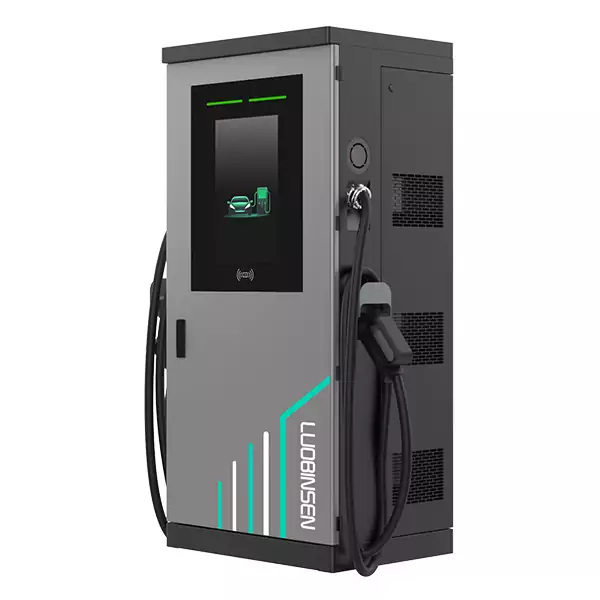Having dependable charging options is becoming more and more important as the electric vehicle (EV) market keeps growing. With its reliable technology and flexible charging choices, the Luobinsen All-In-One DC Charger (120kW) is a popular choice among both companies and consumers.
Advanced Charging Capabilities
The Luobinsen charger features a wide voltage output range of DC 200-1000V and a high power selection range of 60kW-360kW. This adaptability allows it to support multiple charging standards, including GBT, CCS1, CCS2, CHAdeMO, and NACS. With such flexibility, the general electric EV charger caters to various electric vehicles, making it an ideal solution for commercial charging stations and fleet operations.
Safety Features to Ensure Reliability
Safety is paramount in the design of the Luobinsen All-In-One DC Charger. It includes essential protections such as short circuit protection, over/under voltage protection, voltage/current limit protection, overheat protection, and lightning protection. These features ensure that the general electric EV charger operates smoothly and safely, even under demanding conditions. Additionally, the charger is equipped with charging gun temperature monitoring through Pt1000 temperature sensors installed within the cabinet. This enhancement significantly reduces the risk of overheating, ensuring the longevity of electric car charging equipment. Other safety measures, such as tilt angle protection and water immersion protection, further reinforce the charger’s reliability. If the cabinet tilts more than 30 degrees or if the internal water level exceeds 30CM, charging will stop immediately, preventing potential damage to the charger.
Conclusion
In conclusion, the Luobinsen All-In-One DC Charger (120kW) represents a significant advancement in the EV charging landscape. With its high power capabilities, compatibility with various charging standards, and robust safety features, it is an excellent choice for anyone seeking a reliable general electric EV charger. As electric vehicles become increasingly popular, investing in such innovative technology will be crucial for future-proofing charging infrastructure.


